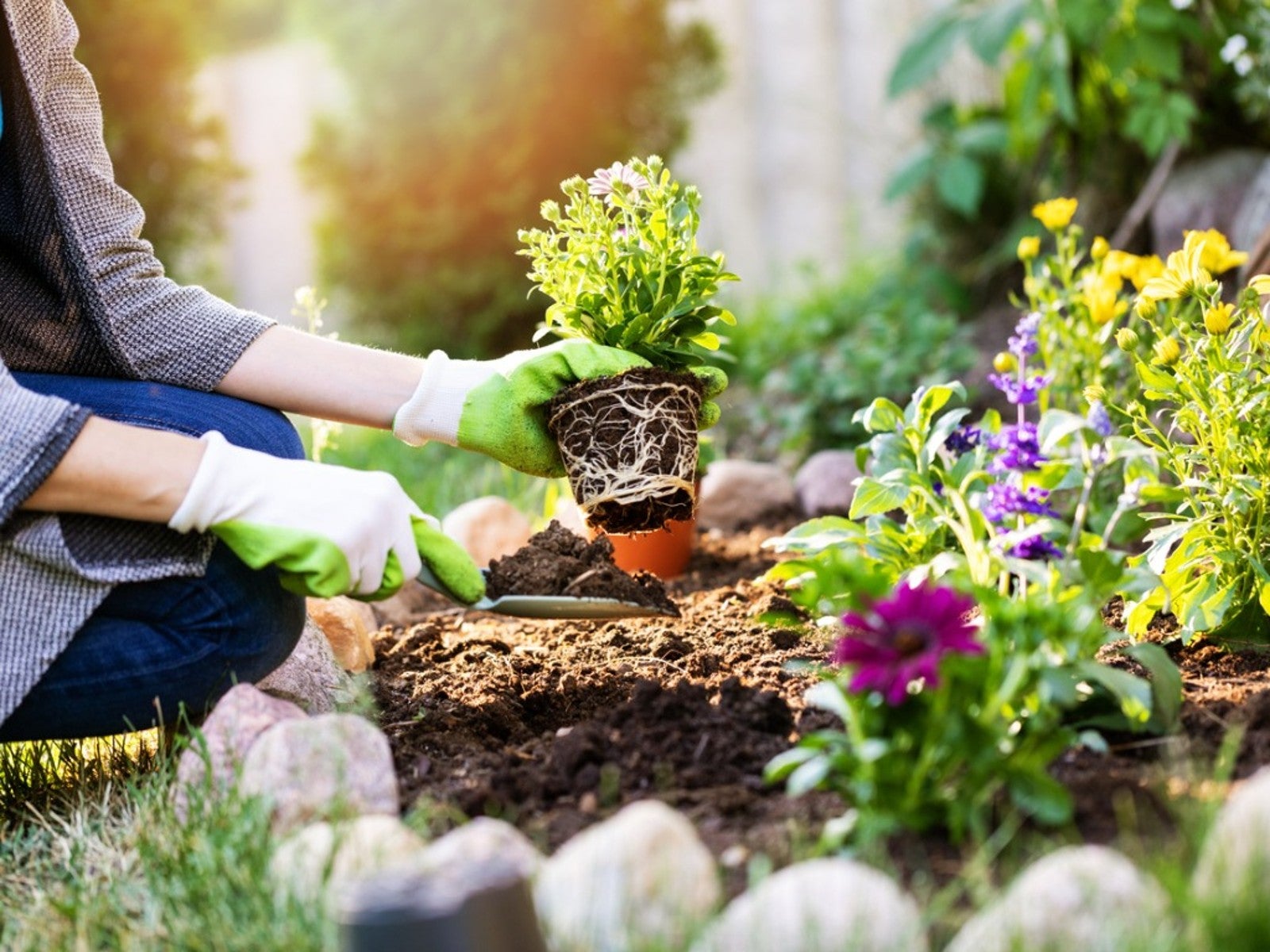Transplanting Seedlings And Plants Outdoors


Spring's warming temperatures and sunny days signal the beginning of the planting season. Many of our favorite vegetables need a long growing season to produce reliably. For many northern gardeners, that means transplanting seedlings that are started indoors. The best chance of success with these little plants depends upon knowing how to transplant a plant and get it acclimated to the outdoors. Here are some tips on transplanting plants that will help ensure a profitable harvest.
When to Transplant Seedlings
Starting plants by seed is a simple process. Seeds need warmth to germinate, a friendly soil composition, moisture, and finally light. But once they have a few pairs of true leaves they either need to go into larger containers or get transplanted outdoors to prepared beds. There is a bit more to transplanting plants than just installing them in soil. They need to go outdoors at the right time and after a brief period of exposure, a process called hardening off.
Many plants do not transplant well and are best directly seeded into soil when all chance of frost has passed. Most seed packets will give advice on whether to seed indoors or sow directly. Long season crops may be seeded inside in flats. Once they have identifiable leaves they can either be moved to larger containers or transplanted outdoors. The United States Department of Agriculture or your local Extension office will have guidance on when the optimal time to transplant is for your zone. The plant needs a strong root system and should be at least the length of its pot.
Hardening Off Seedling Transplants
One of the more important processes when transplanting anything grown in a greenhouse or indoors, is hardening off. This gives the little plant the time to get used to outside factors such as wind, sun exposure, and temperature. The plant has been pampered, and a sudden transition to outdoor growth would shock it without a period of adjustment. Plants that are not hardened off may wilt or turn white or brown in response to the sudden light, heat, or wind. Move transplants outdoors for gradually longer periods over the course of a week. They will become more adapted to the outdoors and there will be a better chance they will thrive when placed into soil.
Tips for Transplanting Plants
If a plant has been in its container for too long, it may have a heavy root mass. Cutting off the bottom, or separating the roots well will help the plant spread out in its hole and produce more roots. Loosen the soil in the hole deep enough and wide enough so the roots can spread. Remove any rocks, roots, or other impediments so the tender roots can easily grow. Follow any spacing instructions on the seed packet and install any necessary trellis or stakes at planting time. Some gardeners feel they need a transplant fertilizer. This is not necessary in most cases but could result in hardier plants. A Vitamin B-1 product may help stimulate root growth and prevent stress. Water transplants in well to settle soil and provide regular moisture.
Sign up for the Gardening Know How newsletter today and receive a free copy of our e-book "How to Grow Delicious Tomatoes".

Bonnie Grant is a professional landscaper with a Certification in Urban Gardening. She has been gardening and writing for 15 years. A former professional chef, she has a passion for edible landscaping.